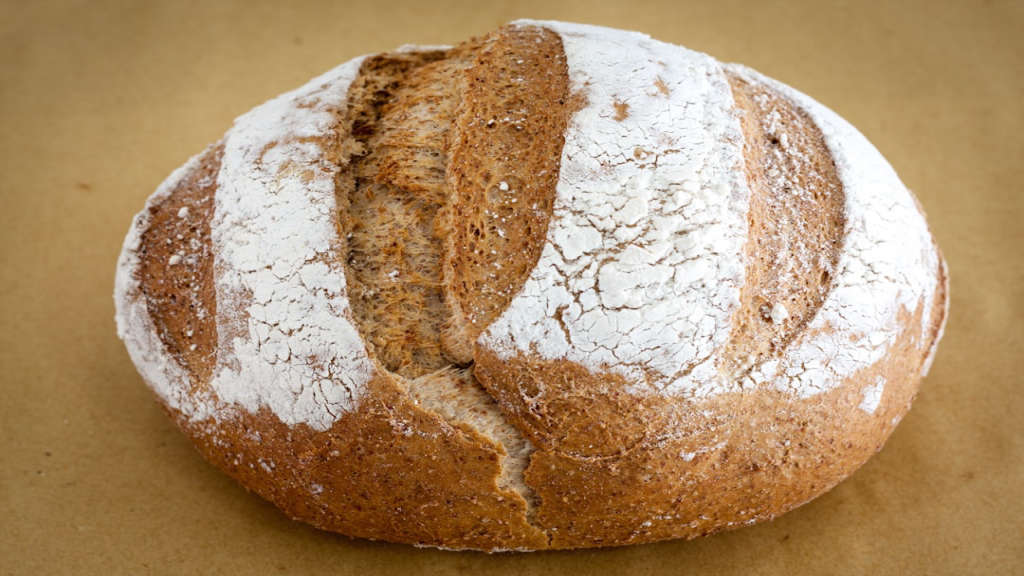Are you ready to embark on a delicious journey into the world of baking? In this blog post, we will explore learn to bake bread and provide you with a beginner’s guide, techniques, and tips to help you master the art of bread making. Whether you are a novice in the kitchen or an experienced baker looking to expand your skills, this article will guide you through the process of creating beautiful loaves of bread right in your own home.
Main Points
- Learn the basics of bread baking techniques.
- Discover the art of artisan bread making.
- Explore homemade bread recipes.
- Tips for mastering the perfect loaf of bread.
Mastering the Basics: Understanding Yeast and Flour
When it comes to baking bread, mastering the basics is essential. One of the key elements in bread making is understanding the role of yeast and flour. Yeast is a living organism that helps dough rise, while flour provides structure and texture.
Here are some tips to help you learn to bake bread:
- Start with the right ingredients: Use high-quality flour and fresh yeast for the best results.
- Understand yeast: Learn how to activate yeast properly and how to troubleshoot if your dough doesn’t rise.
- Practice makes perfect: Don’t be discouraged if your first loaves aren’t perfect. Keep practicing and experimenting with different recipes.
By understanding the fundamentals of yeast and flour, you can bake delicious bread at home with confidence. So next time you’re in the kitchen, remember these important tips to help you on your bread baking journey!
The Art of Kneading: Techniques and Tips for Perfect Dough
In the world of artisan bread making, mastering the art of kneading is essential for creating the perfect loaf. From homemade bread recipes to professional bakeries, the technique of kneading dough is a crucial step in the bread baking techniques process.
Kneading Techniques
| Technique | Description |
|---|---|
| Fold and Push | Gently fold the dough in half and push down with the heel of your hand. |
| Stretch and Roll | Stretch the dough away from you, then roll it back into a ball. |
Experiment with different kneading techniques to find what works best for your dough. Remember, practice makes perfect when it comes to the art of kneading!
Rising to Success: The Importance of Proper Proofing
When it comes to mastering bread baking, one of the key factors that often gets overlooked is the process of proofing. Proper proofing is essential to achieving the perfect loaf – it allows the dough to rise, develop flavor, and create a light and airy texture.
Why is proofing so important?
Without proper proofing, your bread may not rise properly, resulting in a dense and heavy loaf. Additionally, the flavors in the dough may not have a chance to fully develop, leading to a lackluster taste. By taking the time to proof your dough correctly, you set yourself up for baking success.
Baking Like a Pro: Tips for Achieving the Perfect Crust
When it comes to baking, achieving the perfect crust is essential for a delicious outcome. Here are some tips to help you bake like a professional:
1. Quality Ingredients
Start with fresh, high-quality ingredients. Using top-notch flour, butter, and sugar will make a noticeable difference in your crust’s texture and flavor.
2. Proper Technique
Follow the recipe closely and pay attention to details like temperature and mixing times. This meticulous approach will help you achieve a consistent crust every time.
3. Time and Patience
Baking is a science that requires precision and patience. Give your crust the proper time to bake and cool for the best results.
4. Equipment Matters
Invest in quality bakeware, like a durable pie dish or baking sheet. The right tools can make a big difference in achieving a crisp, golden crust.
| Ingredient | Importance |
|---|---|
| Flour | Essential |
| Butter | Key |
| Sugar | Necessary |
With these tips and a determined attitude, you’ll be baking like a pro in no time. Perfecting your crust will elevate your baked goods to a whole new level of deliciousness.
Beyond the Loaf: Exploring Different Types of Bread
When it comes to bread, the possibilities are endless. From crusty baguettes to fluffy brioche, exploring different types of bread opens up a world of flavors and textures. Whether you prefer a sourdough with a crispy crust or a soft challah for your sandwiches, there is something for everyone on the bread spectrum.
Artisanal Bread vs. Commercial Bread
One of the main differences between artisans bread and commercial bread is the quality of ingredients and the process of making. Artisanal bakers often use organic flour and natural yeast, resulting in a more complex and flavorful loaf. On the other hand, commercial bread is mass-produced and may contain preservatives and additives to prolong shelf life.
Conclusion
In conclusion, learning to bake bread is a rewarding and enjoyable experience that can bring warmth and comfort to your kitchen. By following the techniques, tips, and guidance provided in this beginner’s guide, you will soon be able to master the art of creating delicious loaves of bread. So roll up your sleeves, gather your ingredients, and get ready to learn to bake bread like a pro! Happy baking!
Frequently Asked Questions
How long does it take to bake bread?
The time it takes to bake bread can vary depending on the recipe and method you are using. However, on average, it takes about 30 minutes to 1 hour to bake bread.
Do I need any special equipment to bake bread?
While you can bake bread with basic kitchen equipment like an oven, mixing bowls, and measuring cups, having a kitchen scale, a dough scraper, and a bread lame can help improve your bread baking experience.
How can I tell if my bread is fully baked?
You can use a thermometer to check the internal temperature of the bread. A fully baked bread typically has an internal temperature of 190-200°F (88-93°C). Additionally, tapping the bottom of the bread should produce a hollow sound if it is fully baked.

